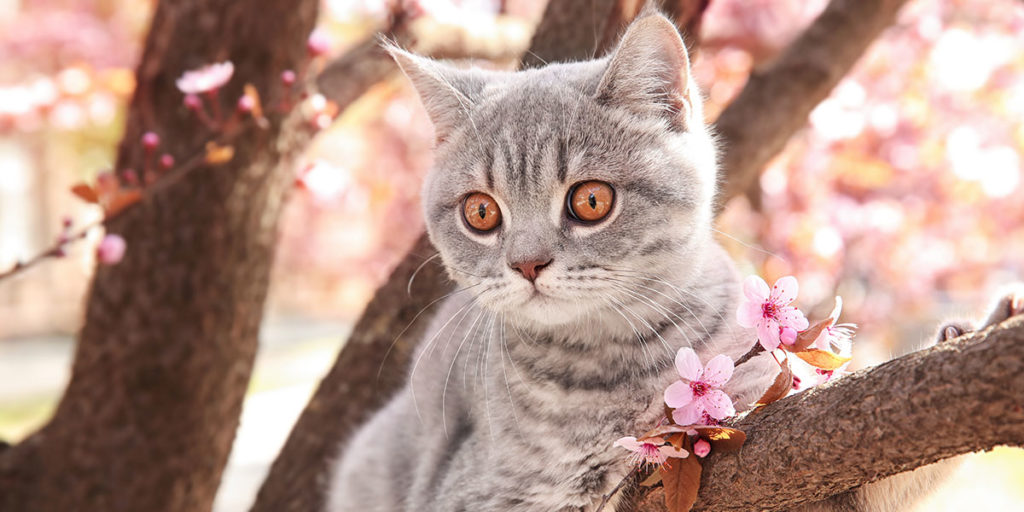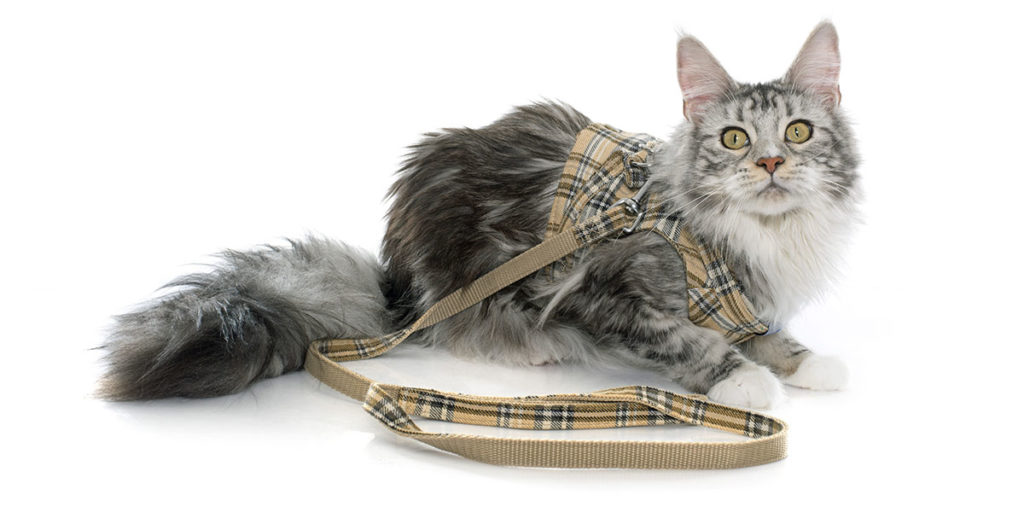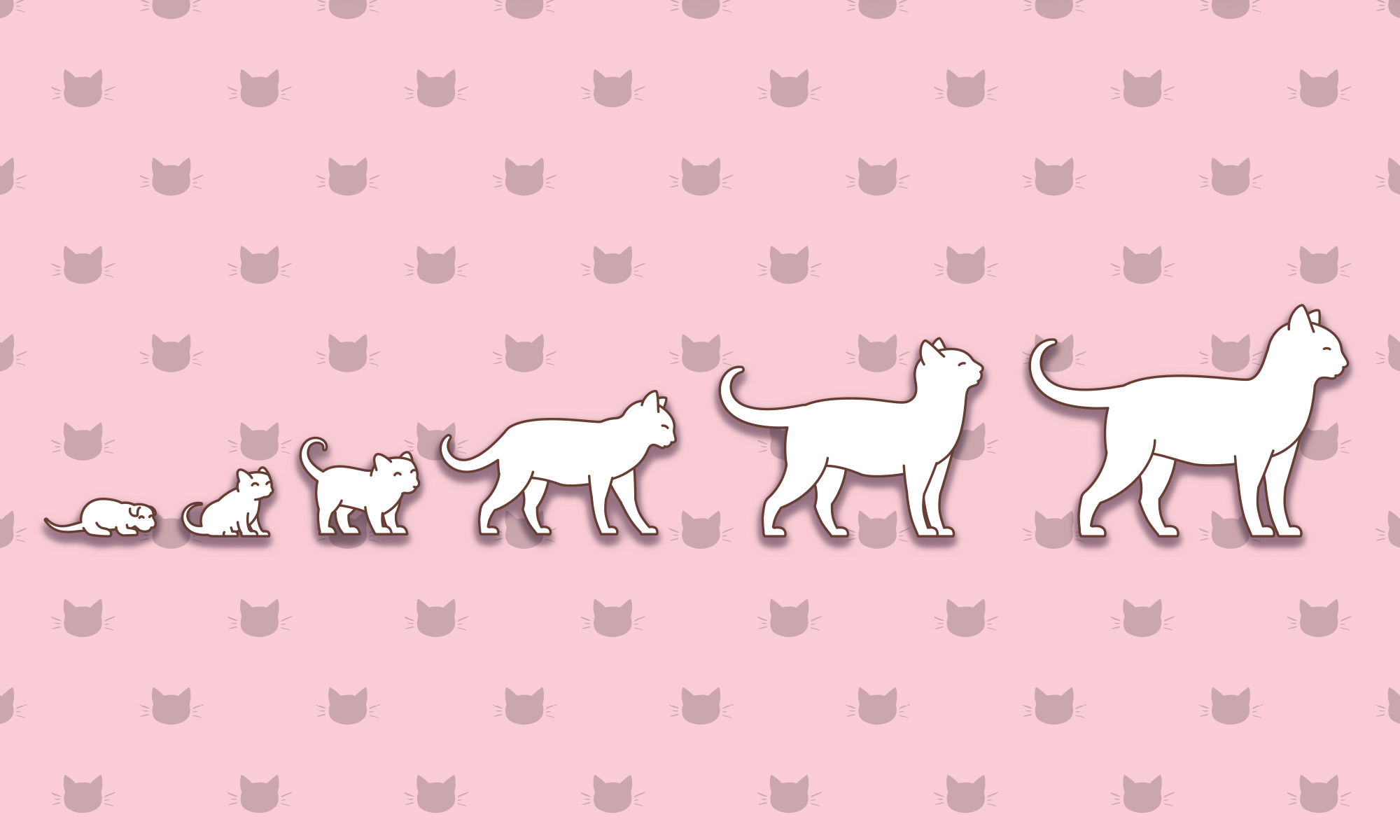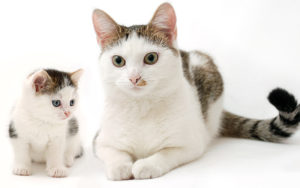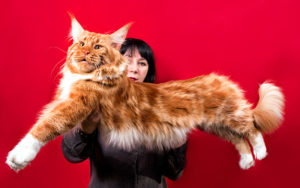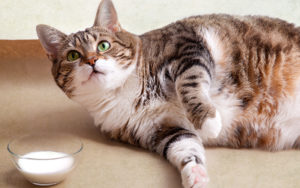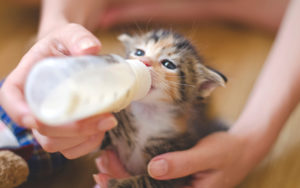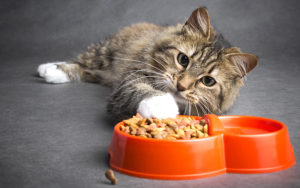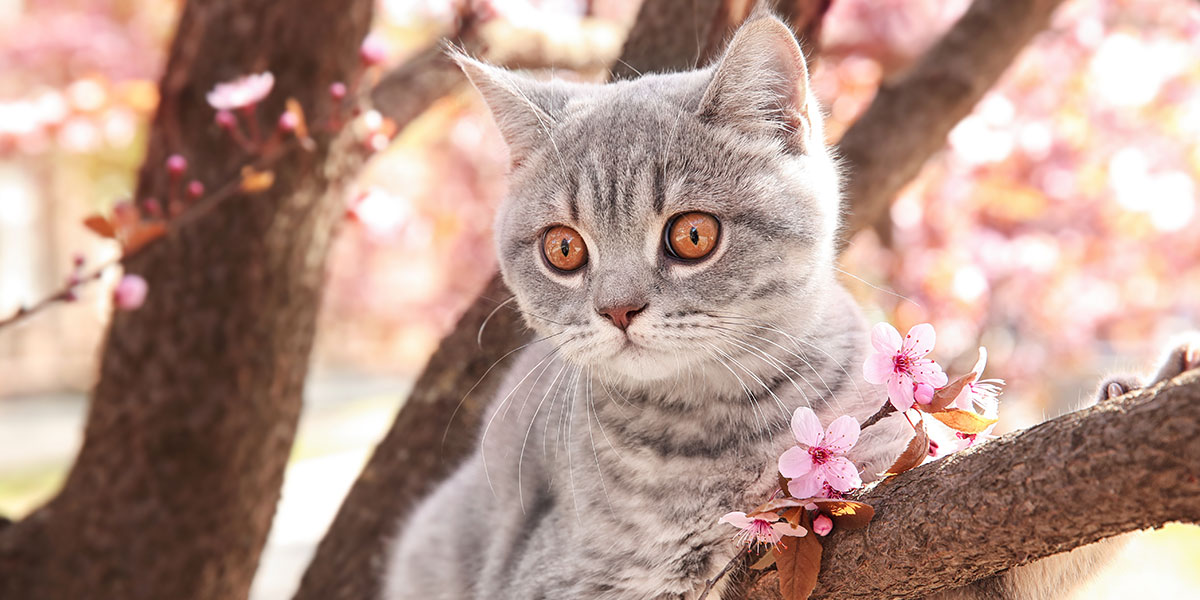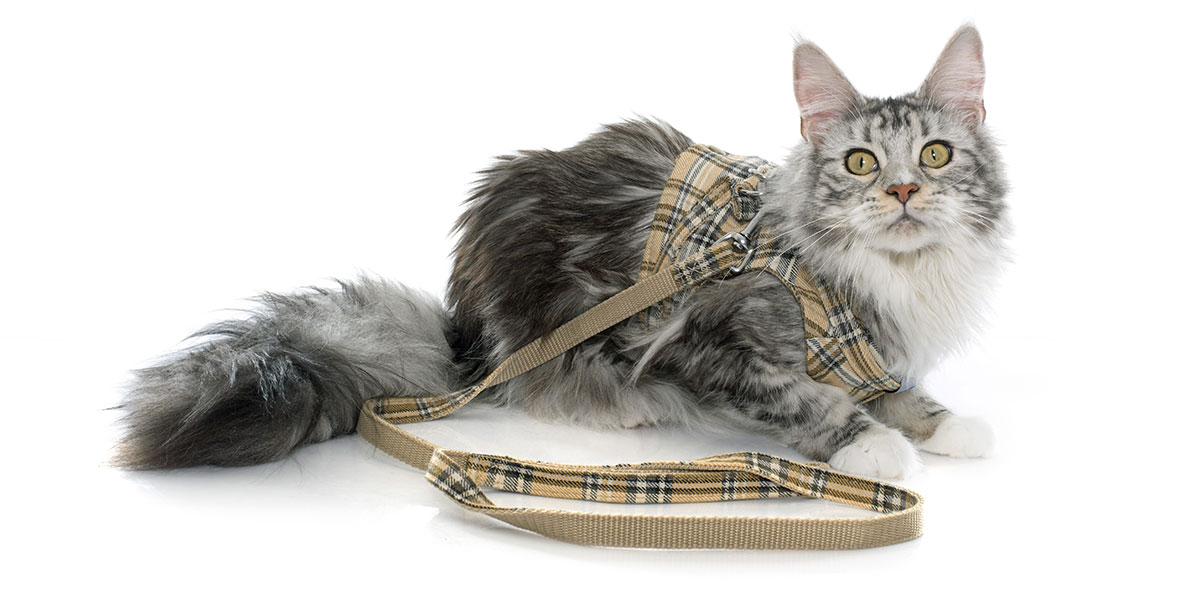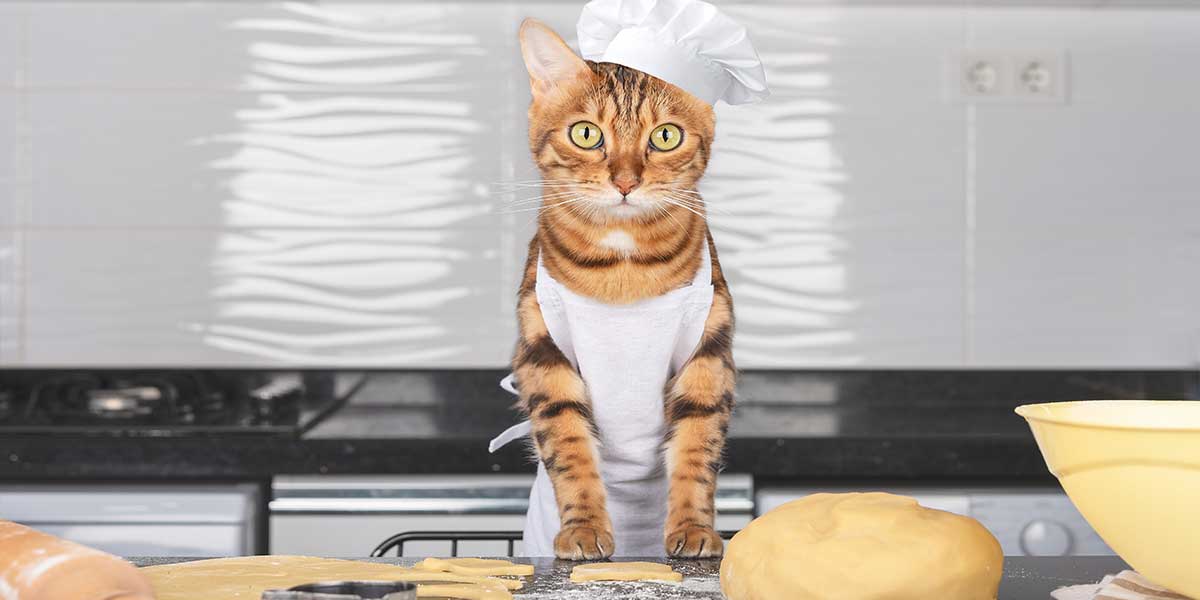When Do Cats Stop Growing? Here’s How to Know
When you first bring home a kitten, it’s a cute little ball of fluff. At just eight weeks old (the age when it’s deemed legal to adopt), it may be hard to see your cat’s life beyond their adorable kitten stage — but it’s only a matter of time until they are sleeping, zooming, chasing birds and well, completely stealing your heart (if they haven’t already). As they get older, you may find yourself asking the following questions: When do cats stop growing, and how big do they get on average? The answer isn’t as obvious as you’d like: the size of your feline depends on a wide range of factors, including its breed, eating habits, timing of its spaying or neutering procedures, and chances of having a growth disorder like dwarfism or bone deformities. Really, their ability to reach and maintain the appropriate adult size is an indicator of just how good your cat’s health is. Healthier, happier cats tend to fall in the average weight range, while those with slower metabolisms, high-stress levels and various health issues may be lighter or heavier than most. Here, we’ve gathered everything you need to know about your growing cat, including how big it can get before it stops growing. If you have any health-related concerns about your cat, it’s always a good idea to check in with your vet to make sure that there isn’t anything serious going on.But remember: Cats are just like humans in many ways, which means some grow — physically and emotionally — at slower rates than others. At the end of the day, all that matters is that your cat is happy, healthy and showered with a million kisses on the daily.
An Overview of a Cat’s Growth Milestones
Like humans, cats may grow at different rates. The beginning of their life — the first two years, actually — tends to follow the same pattern, often broken up into seven key stages.
- 7 Days: Kittens open their eyes, and their weight has doubled from the time they were born, growing about one ounce every three days.
- 21 Days: Most kittens weigh around 15 oz. and their teeth begin to come in.
- 6 Weeks: Kittens tend to weigh just over 1 lb. At this point, they can fully clean themselves and start pouncing.
- 8 Weeks: Kittens are old enough to get adopted, and some may way enough to get neutered.
- 3-4 Months: Kittens typically weigh between 3 and 4 lbs. And their adult teeth start to come in.
- 4-9 Months: Kittens reach sexual maturity.
- 1+ years: Kittens are fully grown, continuing to socially and behaviorally mature.
When Do Cats Stop Growing?
It’s simple, really: The bigger the cat breed, the longer it will take for your cat to stop growing altogether. Most kittens stop growing around the 12-month mark, but larger breeds like Maine Coons may take as long as two years to reach full maturity. You’ll typically notice the most growth in your kitten’s first eight weeks (makes sense), and it will even out throughout the rest of the year.“A 12-month-old kitten is equivalent to a 15-year-old person. They are considered full-grown at 18 months of age—which is equivalent to a 21-year-old person,” Dr. Nicole Fulcher, assistant director of the Animal Medical Center of Mid-America, tells PetMD. Keep in mind that a cat’s physical growth doesn’t always match its sexual, behavioral or emotional maturity. Around the six to nine-month mark (think of it as the feline version of puberty), most kittens reach full sexual maturity, making it the appropriate time to get them spayed or neutered. Their emotional health will continue to develop as they become more attuned to social situations with humans and other animals.
How Big Can Cats Get?
The size of your cat depends primarily on its breed. If you’re unsure of its breed, here’s an easy way to figure out how big it’ll get: Take your cat’s weight at the 4-month mark and multiply it by two to get its estimated adult weight. On average, most cats weigh around 10 lbs. There are plenty of outliers, though: Adult munchkin cats weigh as little as 5 lbs., whereas Maine Coons can weigh up to 25 lbs.
Other Ways to Tell How Big Your Cat Will Get:
- Unless your cat is tailless, pay attention to your cat’s tail around the four-month mark since that’s when it typically stops growing.
- Tall back legs are a telltale sign that your cat will be on the larger side.
- If you had a chance to meet your kitten’s parents, take their size into account when thinking about how big yours will get.
If you fear that your cat is overweight, check in with your vet to make sure that everything looks healthy. In general, cats should have an hourglass figure without a saggy belly hanging when they move, and you should be able to feel their ribs when petting them.
What Factors Affect a Cat’s Growth?
Several factors beyond a cat’s breed play into their overall cat health, including growth. Diet is a significant player here: Growing kittens may need anywhere from 250 to 280 calories a day, both from their mother’s milk (if a viable option) and kitten formula. If kittens don’t get enough calories early on in their life, they will be smaller in size. The opposite is true for spaying and neutering: If a cat is spayed or neutered early in their life, they tend to be longer and have a rounder midsection. Because their metabolism is slowed down as a result of the procedure, most cats will gain some weight in the following months, often getting what is commonly referred to as the “abdominal fat pad.” Similar to humans, cats can also have bone deformities and dwarfism, which will affect their size.
What is the Best Way to Feed Your Cat to Support Its Growth?
Your furry friend’s diet is a massive part of its overall cat health, but it is subject to change, depending on its current growth stage. Kittens, for example, need to be fueled more regularly since more growth occurs at this time. For their first six months of life, it’s best to feed them three times a day, totaling approximately 250 calories. Some experts recommend the free-feeding approach, which is the official way of saying that you leave food available to your cat at all times of the day. From six months to full maturity, you can cut down to two meals a day or continue with the free-feeding approach if it works best for you and your cat. As your cat ages, you may cut down to one meal (say, one canned meal and free choice of dry food throughout the day) if it makes sense for your cat. Frequent, smaller meals may be a better option for your cat and your schedule — check it over with your cat’s vet if you’re unsure what’s best. Just make sure you maintain the same feeding regimen daily unless your cat’s vet advises you otherwise.If you want to give your kitty a cleaner, better cat litter option, get started with Skoon. We offer a variety of non-clumping scents, ideal for kittens and multi-cat households.


